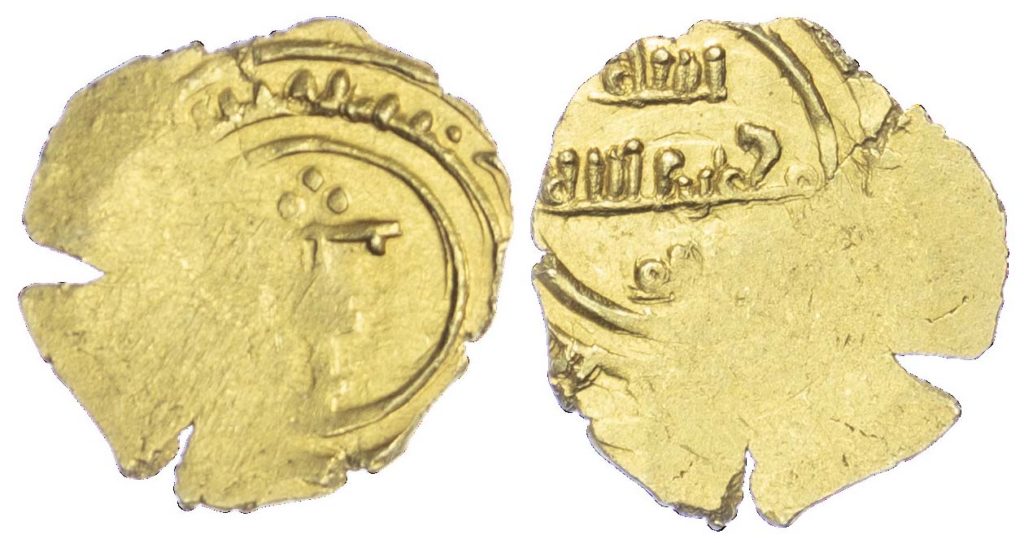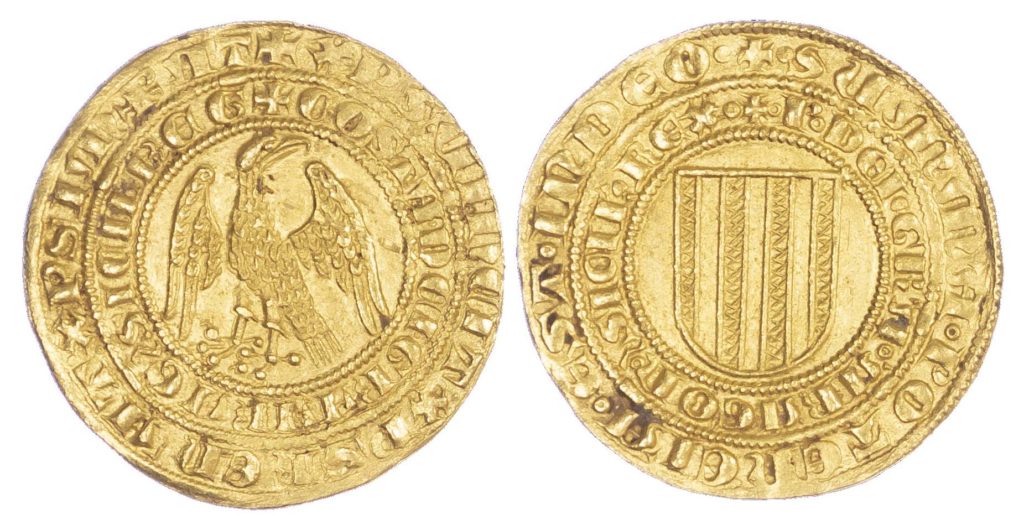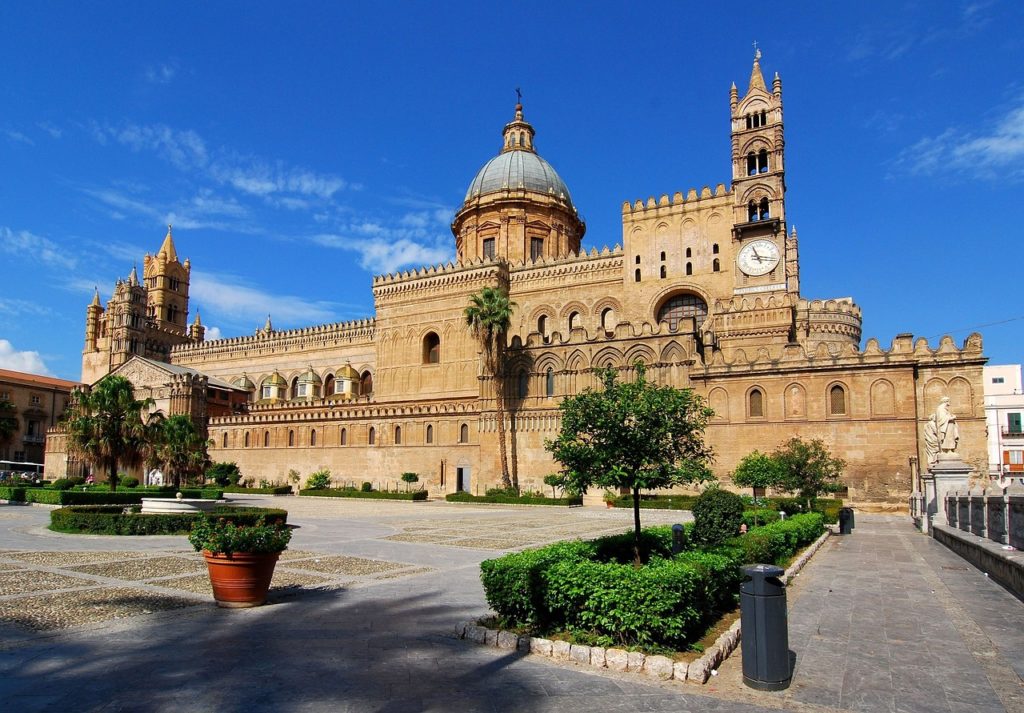
In this blog we will present gold Italian coins from Naples and Sicily from our collection. Starting from the Norman conquests of 10th century and culminating with the Renaissance coinage of Naples, this brief overview takes us through dynastic struggles, political intrigues and never-ending battles for the rule over some of the most beautiful places in Italy.
Norman gold from Sicily
The Norman conquest of southern Italy lasted from 999 to 1139. Normans first arrived to South Italy as mercenaries in the service of Lombard and Byzantine forces. They saw the conquest opportunities in the Mediterranean and started their conquest with establishment of various fiefdoms. After approximately half a century, the Norman forces united and became one independent state. Unlike the Norman conquest of England (1066) which was sealed by one decisive battle, the Norman conquest of Italy was a slow-burn, gaining momentum over decades and with numerous battles. Much of the territory was conquered independently by overlords and only later unified into a single entity.
This coin dates from the reign of Ruggero I, nicknamed Ruggero The Great, who was a Norman nobleman who became the first Count of Sicily in 1062. He was born in Normandy and came to South Italy in 1057. Ruggero participated in several military expeditions against the Emirate of Sicily and was subsequently invested with a part of the island and the title by his brother Robert Guiscard, the Duke of Apulia. At the time, Sicily was ruled by a Muslim Emir and the population was predominantly Byzantine-Greek. Ruggero undertook many battles from 1061 onwards against Muslim forces, the most notable being Battle of Cerami (1063) and the taking of Palermo in 1072. The conquest was reaching completion when Syracuse surrendered in 1086; in 1091 when Noto yielded, it was complete. In 1091 he conquered Malta as well. The state he created was merged with the Duchy of Apulia (which his brother ruled) in 1127 AD and subsequently became the Kingdom of Sicily in 1130.
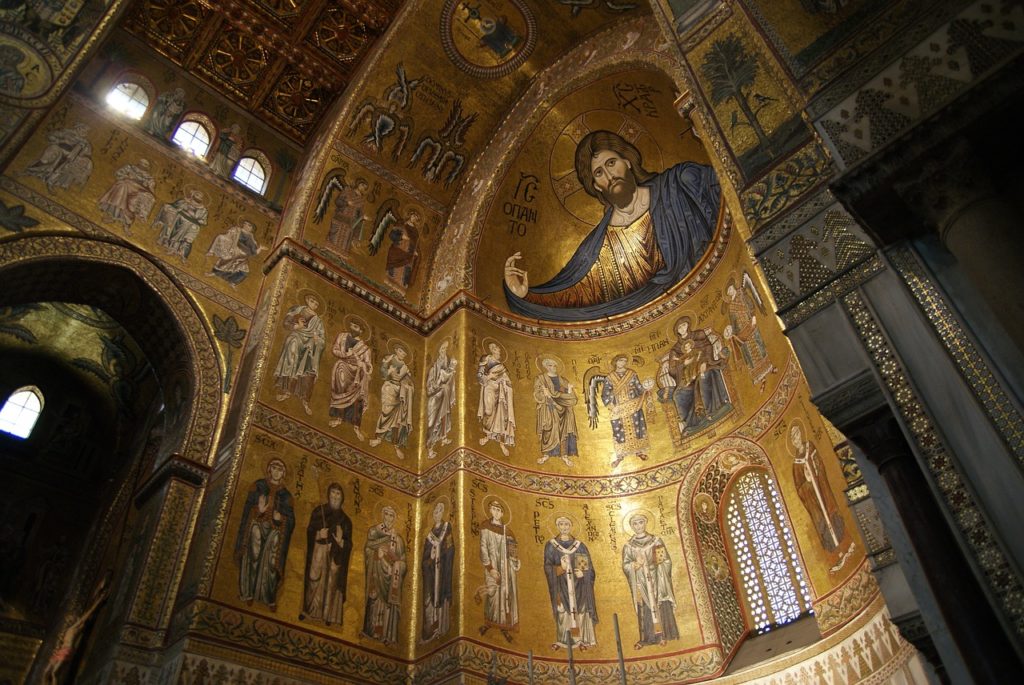
The Aragon claim to Sicily
King Manfred was the last King of Sicily from the Hohenstaufen dynasty, reigning from 1258 until his death. He was the legitimized son of the Holy Roman Emperor Frederick II and became regent over the kingdom of Sicily on behalf of his nephew Conradin. As regent, he subdued rebellions in the kingdom and eventually usurped Conradin’s throne. Because of his conflicts with papacy, the pope enlisted Charles of Anjou to assist against Manfred. Manfred was killed at the Battle of Benevento and Charles of Anjou took over the Kingdom of Sicily. However, the Hohenstaufen claim to the throne did not quite end there. In early 1282, a popular rebellion, known as the War of the Sicilian Vespers, broke out in reaction to the Anjou rule. Pietro III, King of Aragon, King of Valencia and Count of Barcelona came to Sicily at the invitation of Sicilian rebels from ranks of nobility who considered Costanza of Sicily their rightful queen. Pietro III was to married Costanza of Sicily, the only daughter of Sicilian King Manfred. This gave Pietro a claim to the Sicilian throne and he launched an invasion. He managed to claim the throne for himself, however he died only three years after. The Kingdom of Sicily thus remained an incessantly-pursued inheritance for the royal house of Aragon for the next five centuries.
This magnificent coin dates from the brief rule of Pietro and Costanza in Sicily. It depicts the symbols of both of their houses – the striped arms of Aragon and the Hohenstaufen eagle. This variety with an uncrowned eagle is believed to have been struck between June 1282 and April 1283, prior to the arrival of Constanza to Sicily to join her husband.
Battles for the throne of Naples
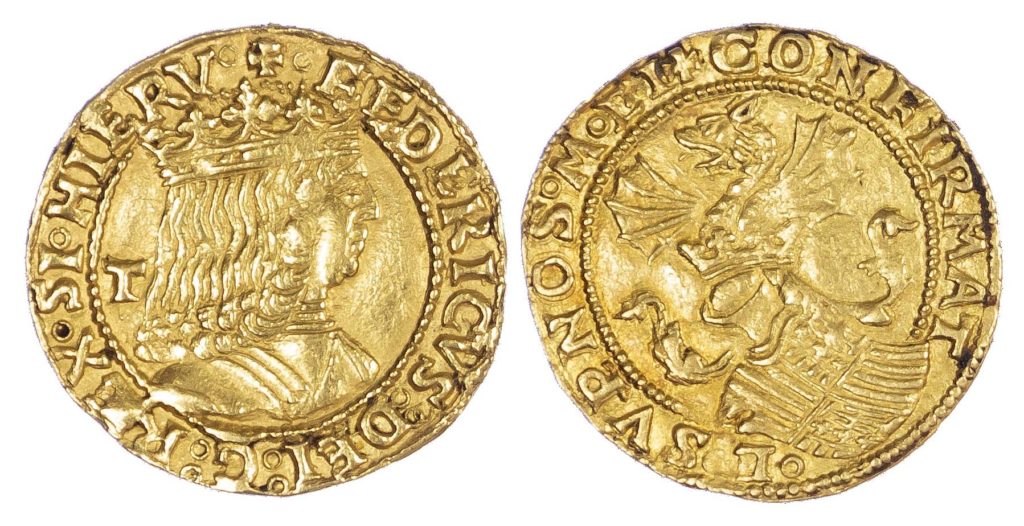
Federico III of Aragon, also known as Federico of Naples, was the last King of Naples from the Neapolitan branch of the House of Trastámara, ruling from 1496 to 1501. Born in Naples to Ferdinand I and his first wife, Isabella of Clermont, he succeeded his childless nephew Ferdinand II after in 1496. However, King Charles VIII of France had claims to the throne as well and Federico was soon forced to defend his position. Charles died in 1498 and his successor Louis XII of France took upon himself to re-conquer the Neapolitan throne. Federico did not have the resources to defend against the French forces, so he called his cousin, Ferdinand II – King of Aragon, to help. Ferdinand, however, signed a secret treaty with the French in which they agreed to divide the Kingdom between themselves. Hence, Federico ended up stripped of his dominions. He died soon after in 1504.
This rare Ducato marks the short-lived reign of Federico of Aragon over Naples, that lasted somewhat less than five years. On its reverse, the coin bears the arms of Naples and Aragon, surmounted by a helmet with a winged dragon crest. A very rare example, especially in such a fine condition.

Written by Ema Sikic (ema@baldwin.co.uk).

